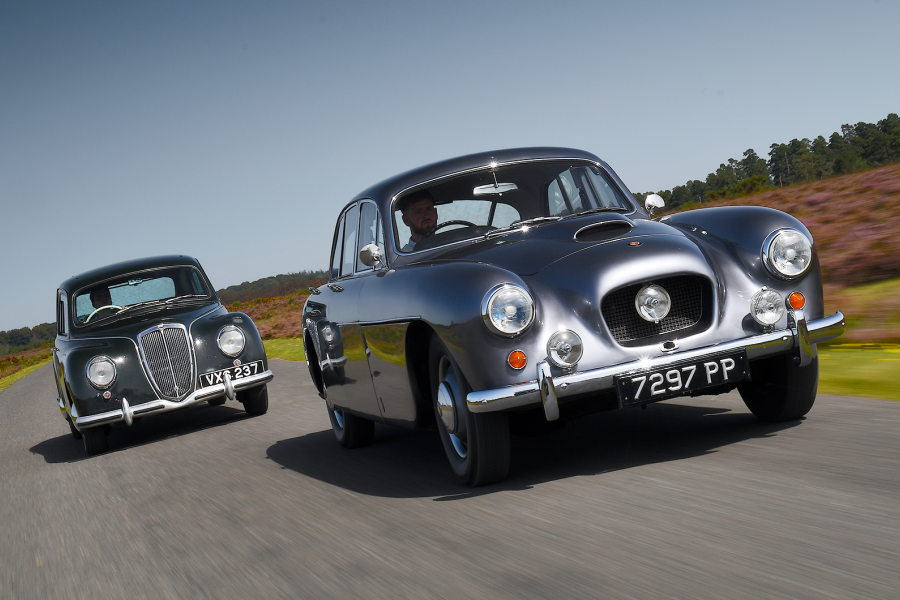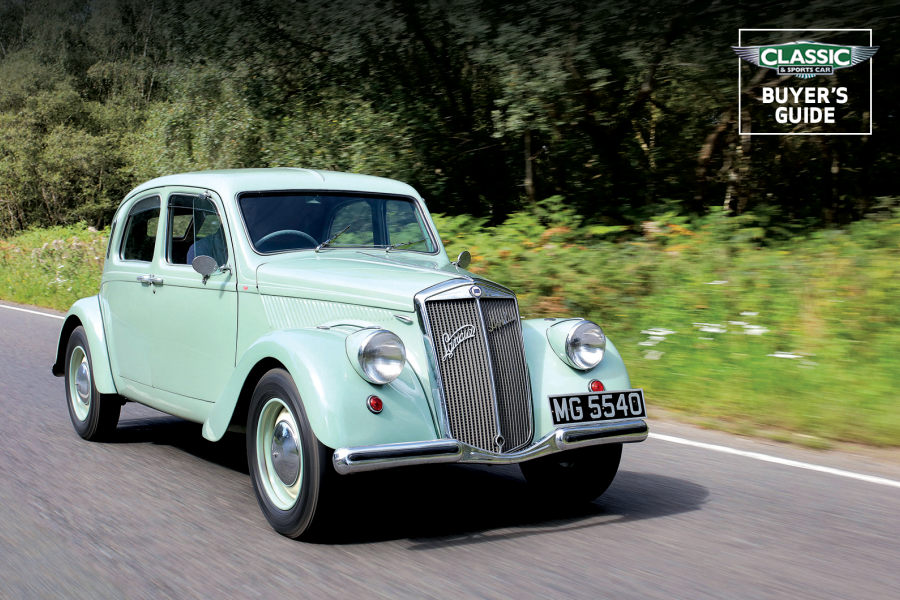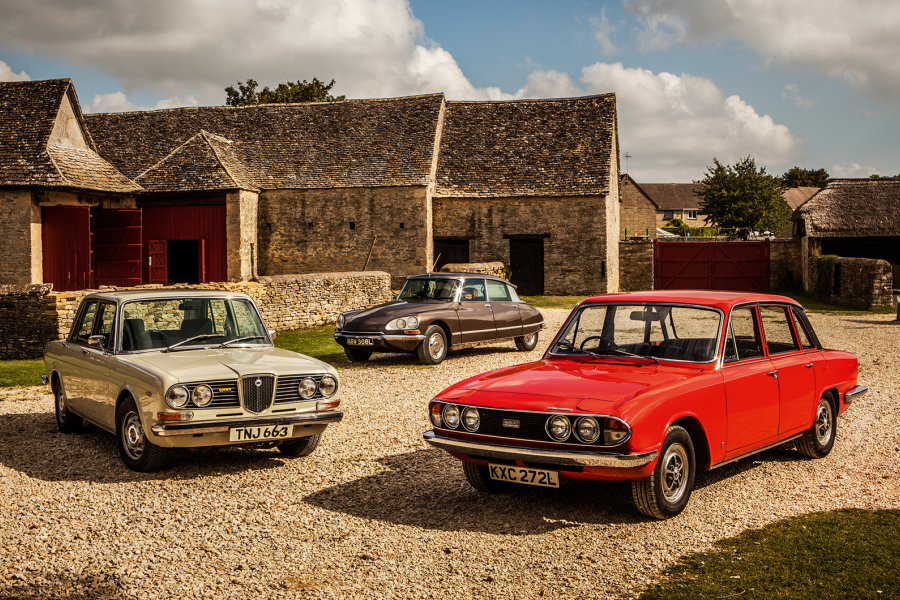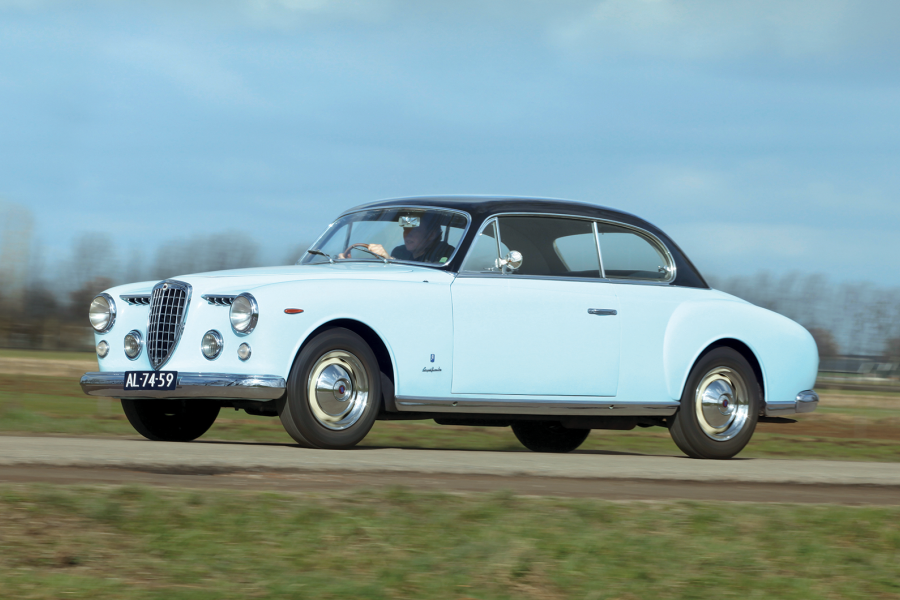
It looks like a cross between a bottle opener and an early satellite. It weighs several ounces, is a few inches long and is crowned by a chrome finisher. It could be a deadly cigarette lighter issued by Q Branch; or perhaps, the reason for C-3PO’s rather peculiar walk.
There are many examples of Lancia’s drive for pioneering design and over-engineering, of naïvely prioritising advanced product ahead of the latest mass-production techniques.
It was an approach that ultimately led the firm to take-overs and near-death experiences. This particular Aurelia, though, has headed even further down the path marked ‘motoring excellence’.
I don’t know what you would call the object in my hand – a plug, cover, cap or stopper – but its job is to protect the sill jacking point.
It is made from metal components, includes a retaining spring, and is without doubt the most involved contraption that I’ve seen for such a task.

The Lancia’s V6 was an industry first
Little wonder it can be argued that the Aurelia was Lancia attaining peak Lancia; the Aprilia’s replacement is peppered with seminal thinking.
Fingers are frequently pointed, explanations given, “blimey” and “my giddy aunt” oft uttered.













